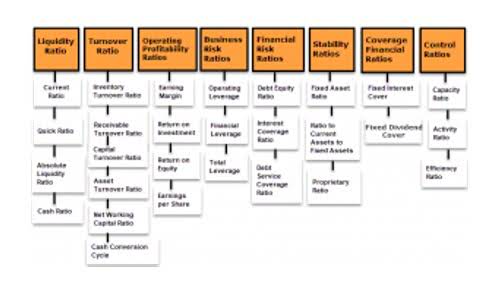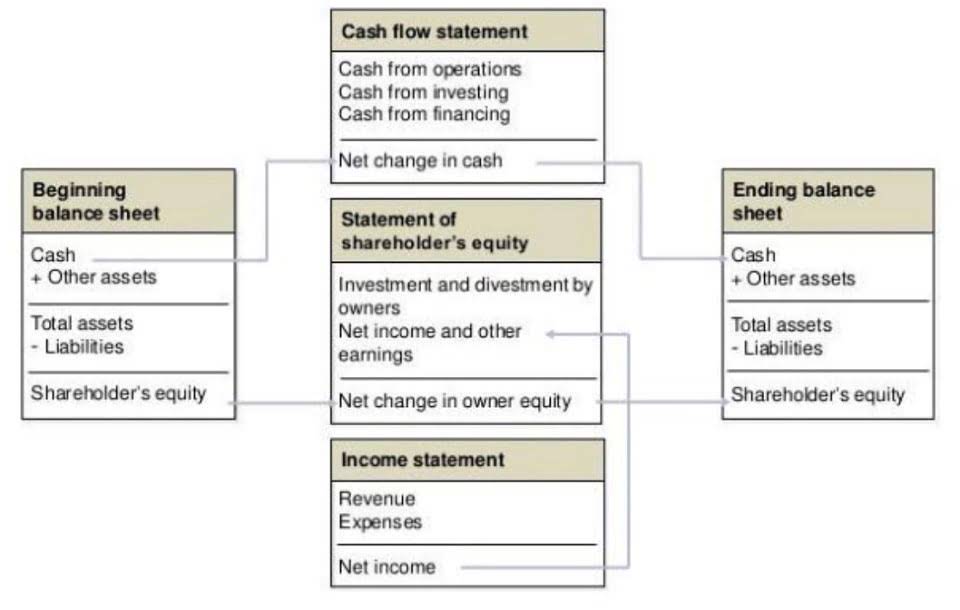
It is mainly maintained by a company that uses a periodic inventory system. Hence, the total accounts payable become a total of $15,000 ($1,470 + $30) the same as the original invoice amount. Add value to your discount promotions by offering more units, such as user seats or premium services. This will make your customers notice your main product, and you can also bring in customers with a lower willingness to pay. Whether you are a SaaS or a subscription-based business, each strategy will have various implications in terms of customer acquisition and sales. For instance, a T-shirt company that employs linear pricing would sell a single shirt for $20, five shirts for $100, and 10 for $200.
- This will make your customers notice your main product, and you can also bring in customers with a lower willingness to pay.
- There are many variations on the terms of cash discounts, which tend to be standardized within a particular industry.
- To calculate the quantity discount, divide the total cost by the number of items at each quantity level to determine the per-unit cost.
- The most common method is the net method, but both methods have pros and cons.
- In an effort to increase sales, manufacturers usually allow retailers 30 days to pay for goods that are purchased.
- This transaction is more fully explained in our purchases on account example.
Double Entry Bookkeeping
After almost a decade of experience in public accounting, he created MyAccountingCourse.com to help people learn accounting & finance, pass the CPA exam, and start their career. Strictly Necessary Cookie should be enabled at all times so that we can save your preferences for cookie settings. Improve marketing segmentation by understanding your product’s trigger features and customer value propositions. A sense of urgency is created among customers, which leads to conversions.
What is your current financial priority?
In the second reason cited above, not only can billing be a time-consuming administrative function, but it also can be an expensive one. Most businesses that are large and successful do not even think about this. A startup company or a young professional, however, might be trying to rein in their costs for labor and supplies. Cash discounts are deductions allowed by some sellers of goods, or by some providers of services, to motivate customers to pay their bills within a specified time.
Purchase Discount Journal Entry
That would of course change if the coat company is able to save money by, for example, buying in bulk from its suppliers. By selling in larger quantities, the seller can increase purchase discount definition their revenues per transaction (RPT). The vendor can also scale quantity discounts in “steps,” with lower per-unit prices at higher quantities to encourage bulk buyers.
- The journal entry to account for purchase discounts is different between the net method vs the gross method.
- Another limitation of trade discounts is that they may create a sense of dependency on the supplier.
- Combined with other fundamental ratios, such as the return on equity (ROE) and return on assets (ROA), the CCC helps to define a company’s overall viability.
- By offering discounts to customers who meet specific criteria, suppliers can create a sense of loyalty and foster long-term relationships.
- Once an appropriate solution is identified, implementing the chosen method is essential to maximizing its potential benefits.
When a company provides a discount or an allowance to a customer it appears on a company’s income statement as a reduction to revenue. This means the net revenue figure is the “true” revenue for the specified period. The credit terms that are put forth by Blenda Co. mean that Dolphin Inc. is supposed to settle the amount due before 10th January to avail a cash discount of 5%. Both methods give businesses the information they can use when making decisions on future purchases; knowing which type is right for a business depends on the company’s purchasing goals and needs.
Ask Any Financial Question

Obviously, a purchase discount is only relevant if the sale of goods is on credit or on account. Selling on account is popular in all industries and is most frequent between manufacturers and retailers. In an effort to increase sales, manufacturers usually allow retailers 30 days to pay for goods that are purchased. This means the retailer can buy products from their vendors at the beginning of the month and pay for the products at the end of the month. When a business purchases goods on credit from a supplier the terms will stipulate the date on which the amount outstanding is to be paid. In addition the terms will often allow a purchase discount to be taken if the invoice is settled at an earlier date.
In finance, a purchase discount is an offer from the supplier to the purchaser, to reduce the payment amount if the payment is made within a certain period of time. For example, a purchaser bought a $100 item, with a purchase discount term 3/10, net 30. If he pays half the amount In accounting, gross method and net method are used to record transactions of this kind.
These economies of scale have the potential to reduce per-unit costs to the seller. Let’s assume that the supplier gives companies that purchase a high volume of goods a trade discount of 30%. If a high volume company purchases $40,000 of goods, its cost will be $28,000 ($40,000 X 70%). To comply with the cost principle the company will debit Purchases (or Inventory) for $28,000 and will credit Accounts Payable for $28,000. These discounts can work as cashback, a percentage discount, and multiple payment options.
Great! The Financial Professional Will Get Back To You Soon.

For example, a supplier may offer a 2% discount to customers who pay for their purchase within ten days. These are discounts offered to customers who purchase products or services during off-peak periods. For example, a supplier may offer a 15% discount on lawnmowers during winter when demand is low. Trade discounts are used to incentivize customers to buy in bulk, purchase products during off-peak periods, or take advantage of other favorable conditions. The principal benefit is to increase total sales volume in order to realize economies of scale.
